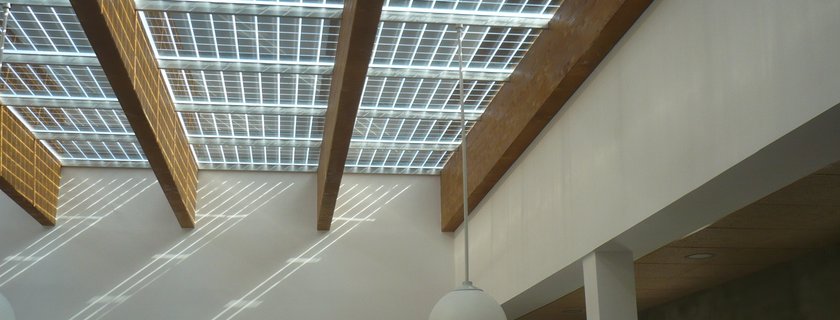
Building integrated photovoltaics (BIPV) as a viable option among renewables
In the face of the urgent need to renovate and decarbonise the existing building stock, special focus is on building skins, such as roofs and facades, to make them more efficient through innovative solutions and materials, but also to generate energy. This is essential to achieve the EU 2030 energy targets, only 11 years away.
The concept of Building integrated photovoltaics (BIPV) refers to the integration of technology, -- refers to the capacity of the photovoltaic (PV) system to be multifunctional -- aesthetics -- refers to the architectural appearance of the system -- , and energy integration, meaning the capability of a PV system to interact with the building and district energy system to maximize the local use of electricity generated.
The BIPV systems can be divided in three main categories:
-
PV modules, with specific characteristics developed for building integration, with appealing features (such as colour, texture, shape, surface finishing, and light materials) conceived for integration in existing buildings.
-
Mounting systems, to mount the PV modules on the building envelope, such as on facades, roof, and external devices.
-
Energy systems, which link the PV modules to the building and district energy system to maximize the local use of the electricity generated, including storage, power conversion, power control, heating and cooling and e-mobility systems.
In order to promote the use of BIPV, technology development initiatives have enabled the production of databases available for practitioners to disseminate knowledge and showcase successful applications. A BIPV products database developed by Eurac Research groups existing products according to the above mentioned categories. On the other hand, a BIPV cases portal by solarfassade provides cases to support the technology transfer and continuous spread of building-integrated photovoltaics. (...)
The full article has been originally published on the European Portal for Energy Efficiency in buildings by the BUILD UP editorial team.
